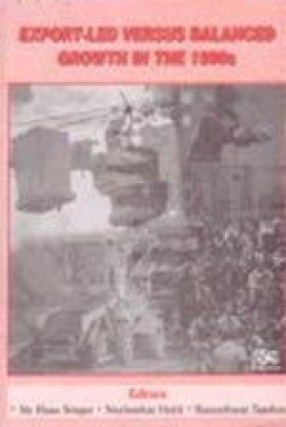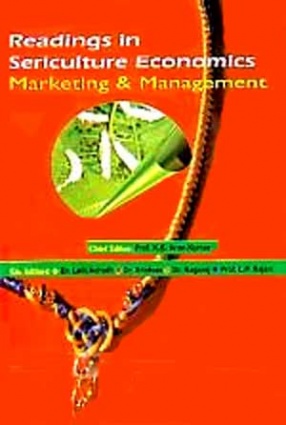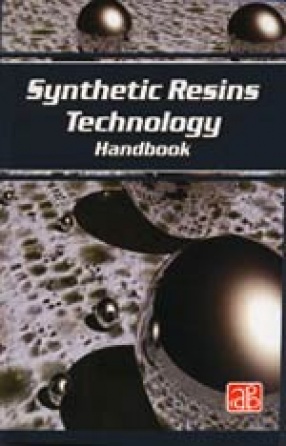The Prebisch-Singer hypothesis has been extremely influential in policy making during the 1980s as well as 1990s. In spite of subsequent broadening of the Prebisch-Singer thesis, away from barter terms of trade and into questions of international hierarchy, technology and other areas of dominance and dependence, the empirical basis has continued to be debated. In recent synthesis of the post-war terms of trade debate, Hans Singer suggested that despite the shift in commodity composition of exports, the NBTT of LDCs would continue to decline because "the type of manufactures exported by these countries, in relation to the types of manufactures exported by industrial countries, share some of the disadvantages pointed out by Prebisch Singer for primary commodities in relation to manufactures. The East Asian experience was seen by Western observers as a case of market oriented export-led industrialization. What are the lessons the other LDCs can draw from the experience of East-Asian development? It is true that each country has to find its own mix of institutions. No doubt, the success of East Asia may be linked to special conditions which are unlikely to be repeated elsewhere.
Export-Led Versus Balanced Growth in the 1990s (Volume 13)
In stock
Free & Quick Delivery Worldwide
reviews
Bibliographic information
Title
Export-Led Versus Balanced Growth in the 1990s (Volume 13)
Author
Edition
Reprint
Publisher
ISBN
8176462861
Length
xiv+663p., Tables; Figs.
Subjects





There are no reviews yet.